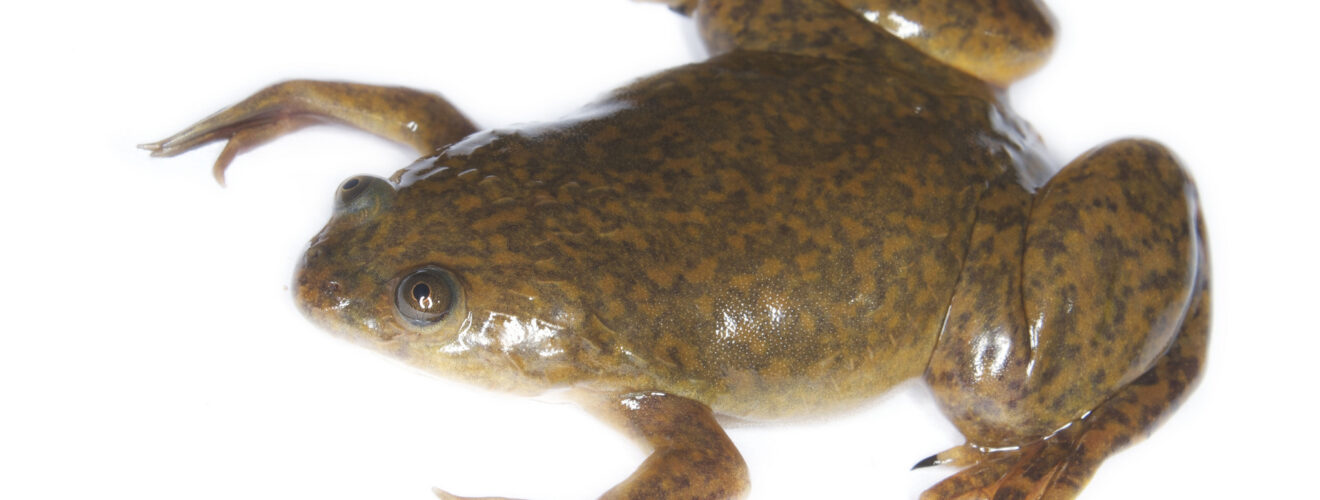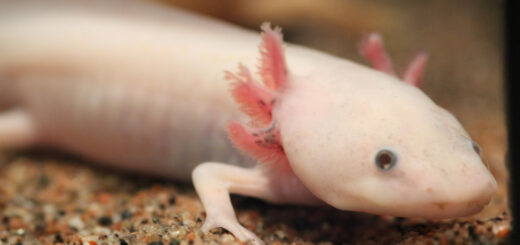A Brief History of Injecting Frogs with Urine

Between the 1930s and 1960s, the leading human pregnancy test involved the injection of women’s urine into African clawed frogs. In the controversial history of animal experimentation, many odd things have been done, but few seem as bizarre as this. However, not only was this a vast improvement over prior practices, it was surprisingly effective.
Modern immunological pregnancy tests were first produced in the 1960s, with the well-known ‘pee stick’ hitting shelves in 19881. Typically, these tests try and detect the presence of a hormone called human chorionic gonadotrophin (hCG), which starts to be produced around six days after fertilisation. However, medical professionals had been using alternative means of detecting hCG since the 1920s, though their methods were a bit messier and they didn’t actually know what hCG was until the 1950s.
The first widely used method was the Aschheim-Zondek (A-Z) test, developed in 19272. Here, a woman’s urine was subcutaneously injected into an immature female mouse; if the urine contained hCG it would cause the mouse to ovulate. Unfortunately, the only way to tell if the mouse had ovulated was to kill and dissect it. Mice also had to be within a certain age and weight range, you needed several mice per test as some died during, and you had to inject them multiple times. Oh, and it took five days! The method was improved upon in 1931 with the development of the Friedman test, when the mice were replaced with rabbits, but many issues remained, particularly the need for dissection.
Around the same time (1930–1931), British experimental zoologist and medical statistician Lancelot Hogben was experimenting on the African clawed frog (or Xenopus). He found that injecting the frogs with anterior pituitary extracts (which contain hCG) caused them to ovulate. This also happened when they were injected with a pregnant woman’s urine—within 24hr they would produce numerous (infertile) eggs3.
It is easy to see why the Hogben test came to dominate. Exports of African clawed frogs from South Africa were plentiful and they were easily kept in aquaria. Also, as the frogs did not seem to suffer any ill effects from the procedure and no laborious dissection was required, individual frogs could be used numerous times.
The Hogben test has left a lasting legacy. Since their retirement from the pregnancy game, African clawed frogs have become a model laboratory organism, particularly in biomedical research. Unfortunately, vast numbers were also released into the wild, which has been implicated in the spread of the deadly chytrid fungus threatening amphibian populations around the world4. While the latter is no good news, at least scientists these days are trying to find ways to save frogs, rather than injecting them with people’s pee.
Edited by Sarah Spence
References
- Wellcome History. 2013. When pregnancy tests were toads https://wellcomehistory.wordpress.com/2013/02/26/when-pregnancy-tests-were-toads/
- The Embryo Project Encyclopedia. 2010. The Aschheim-Zondek Test for Pregnancy https://embryo.asu.edu/pages/aschheim-zondek-test-pregnancy
- Smithsonian Magazine. 2013. Doctors Used to Use Live African Frogs As Pregnancy Tests http://www.smithsonianmag.com/smart-news/doctors-used-to-use-live-african-frogs-as-pregnancy-tests-64279275/
- Nature News. 2013. Pregnancy test helped to bring frog-killing fungus to the US http://www.nature.com/news/pregnancy-test-helped-to-bring-frog-killing-fungus-to-the-us-1.13013










